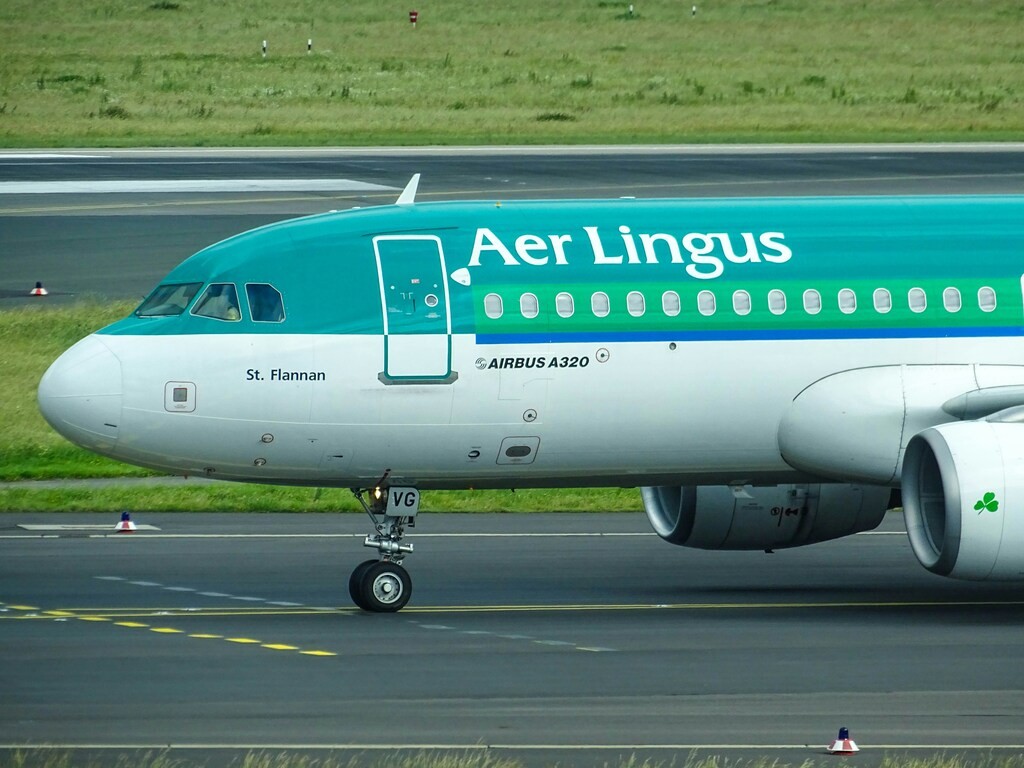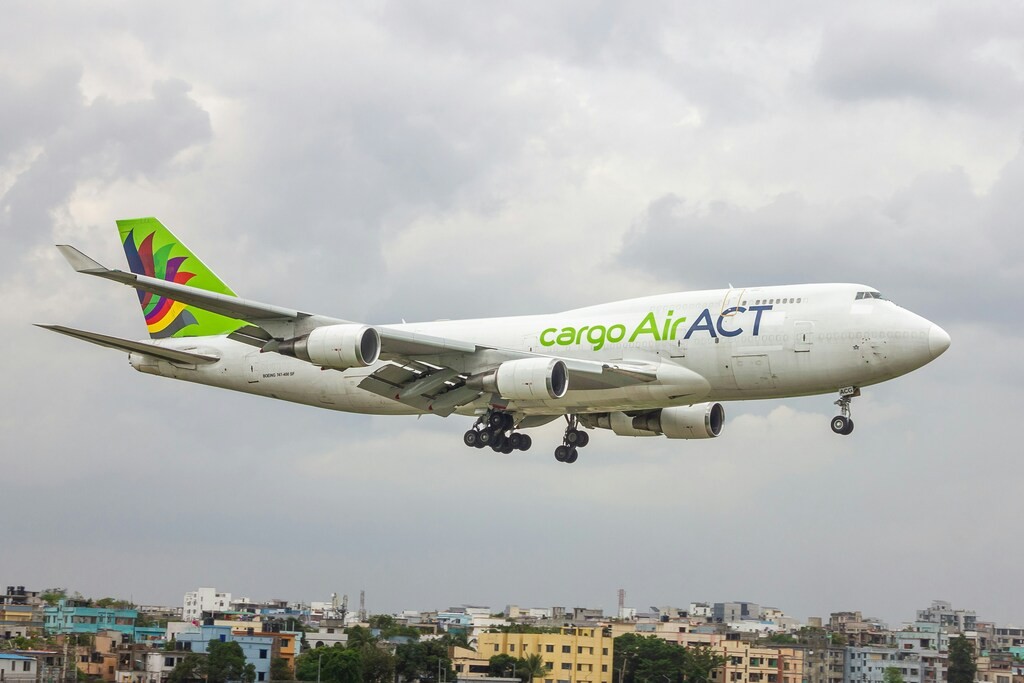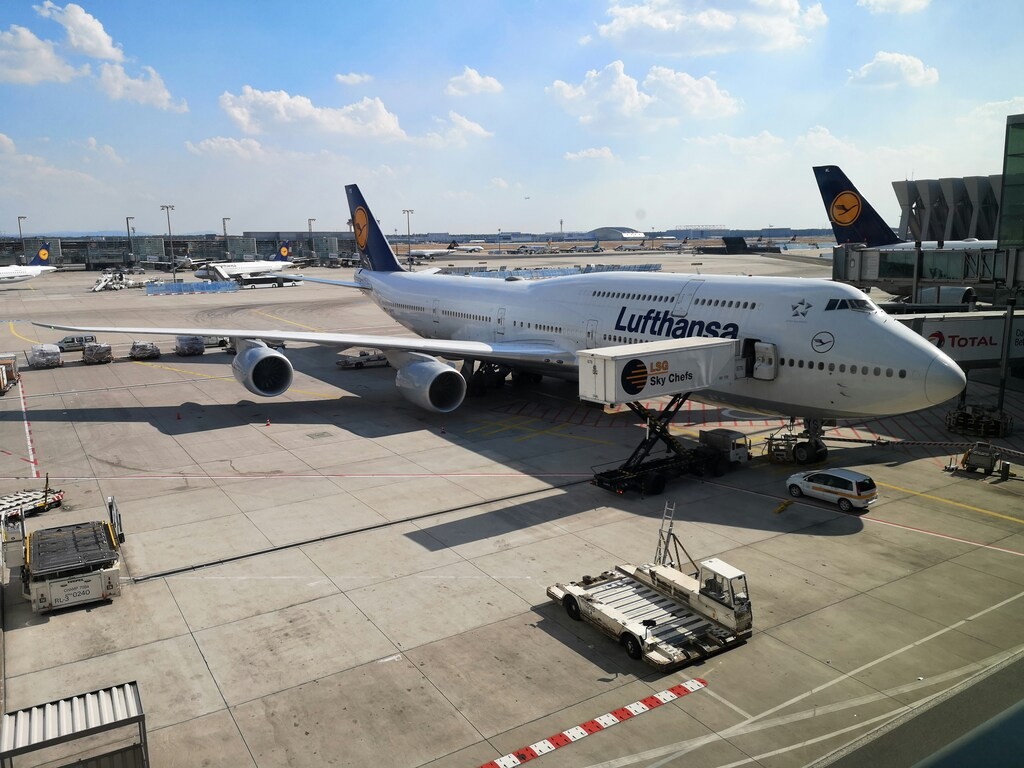Imagine a world where boarding a plane is as effortless as stepping into an elevator, where your journey is not just a means of transportation, but an experience of seamless connectivity and sustainability.
The ultimate frontier of aviation is unfolding before our eyes, promising innovations that will redefine how we traverse the skies.
From hypersonic jets capable of crossing continents in a matter of hours to fully autonomous flights operated by advanced AI systems, the future of air travel holds limitless possibilities.
Join us as we embark on a journey into the future of aviation, exploring the technologies and concepts that will shape the way we fly tomorrow and beyond.
A Glimpse into Tomorrow's Air Travel
In the near future, air travel promises to undergo revolutionary changes, driven by advancements in technology and shifting passenger expectations.
Seamless Passenger Experience
Personalized Journeys: Passengers will enjoy a highly personalized experience from booking to landing, with AI-driven recommendations for flights, accommodations, and activities.
Biometric Authentication: Boarding gates will utilize facial recognition and other biometric data for a seamless and secure passenger verification process.
Technological Advancements
Electric Aircraft: The rise of electric-powered planes will reduce emissions and noise pollution, offering eco-friendly alternatives for short to medium-haul flights.
Hyperloop Integration: Hyperloop technology may revolutionize short-distance travel between airports and city centers, drastically reducing transit times.
Tomorrow’s air travel will not only be faster and more efficient but also more sustainable and tailored to individual passenger preferences.

Sustainable Aviation Technologies
As we look towards the future of air travel, sustainable aviation technologies are set to play a pivotal role in reducing the environmental impact of flying. These innovations encompass a range of advancements aimed at minimizing carbon emissions, noise pollution, and overall ecological footprint.
Electric Propulsion SystemsElectric aircraft propulsion systems are gaining momentum, promising quieter and more fuel-efficient flights. These systems utilize electric motors powered by batteries or fuel cells, drastically reducing reliance on traditional jet fuel. |
BiofuelsBiofuels derived from sustainable sources such as algae or waste biomass offer a greener alternative to conventional jet fuels. They can be blended with traditional fuels or used independently, providing a lower-carbon option for powering aircraft. |
Aerodynamic ImprovementsEnhanced aerodynamic designs, including wing configurations and streamlined fuselages, contribute to greater fuel efficiency and reduced drag. These improvements help optimize flight performance while lowering overall energy consumption. |
Advanced MaterialsLightweight composite materials like carbon fiber-reinforced polymers are increasingly used in aircraft construction. These materials offer strength and durability while minimizing weight, which translates to fuel savings and reduced emissions. |
Overall, sustainable aviation technologies are paving the way for a more eco-friendly future in air travel. Continued research and development in these areas are crucial for achieving long-term sustainability goals and ensuring that flying remains viable and responsible for generations to come.
This HTML snippet creates a structured section on "Sustainable Aviation Technologies" within an article on the future of air travel. It includes paragraphs of text along with a table highlighting key advancements in the field of sustainable aviation.

Enhanced Passenger Experience
Future air travel promises to revolutionize the passenger experience through advanced technologies and innovative services.
- Personalized Journeys: Passengers will enjoy tailored travel experiences from booking to arrival, with customized services based on individual preferences.
- Seamless Connectivity: High-speed internet and integrated communication systems will keep passengers connected throughout their journey, enhancing productivity and entertainment options.
- Enhanced Comfort: Cabin designs will prioritize comfort with adjustable seating, improved air quality, and noise reduction technologies for a more relaxing flight.
- Efficient Boarding: Streamlined boarding processes utilizing biometric identification and automated gates will minimize wait times and enhance security.
- Smart Amenities: Smart airports and aircraft will offer interactive displays, virtual assistance, and real-time updates, ensuring a smooth and stress-free travel experience.
- Sustainable Practices: Eco-friendly initiatives such as electric aircraft, carbon offset programs, and sustainable materials will appeal to environmentally conscious travelers.
- Health and Wellness: Enhanced onboard medical facilities and wellness programs will prioritize passenger health, ensuring a safe and comfortable journey for all.
- Entertainment Options: Immersive entertainment systems, virtual reality experiences, and personalized content will make air travel more enjoyable and engaging.
- Culinary Excellence: Elevated dining options featuring gourmet meals and dietary accommodations will enhance the overall travel experience, catering to diverse tastes and preferences.
- Global Accessibility: Expanded routes and improved accessibility will make international travel more convenient and accessible to passengers worldwide.

Advancements in Air Traffic Management
Modern air traffic management (ATM) systems are undergoing revolutionary changes to accommodate the growing demands of air travel. These advancements primarily focus on enhancing safety, efficiency, and sustainability in airspace operations.
One of the key innovations is the implementation of automated air traffic control (ATC) systems powered by artificial intelligence (AI) and machine learning algorithms. These systems can analyze vast amounts of data in real-time, predict traffic patterns, and optimize flight routes to minimize delays and fuel consumption.
Furthermore, satellite-based navigation systems such as NextGen in the United States and SESAR in Europe are replacing traditional radar-based systems. Satellite navigation offers more precise positioning and navigation capabilities, enabling aircraft to fly more direct routes and reduce separation distances between flights.
Collaborative decision-making (CDM) platforms are also playing a crucial role by facilitating better coordination among airlines, airports, and ATC authorities. By sharing data and forecasts, CDM helps optimize airport operations, reduce congestion, and improve overall efficiency.
Moreover, the integration of unmanned aerial vehicles (UAVs) or drones into controlled airspace is another area of ongoing development. Dedicated UAV traffic management systems are being devised to ensure safe coexistence with manned aircraft, paving the way for expanded applications such as drone deliveries and aerial inspections.
Looking ahead, the future of air traffic management promises continued innovation with the adoption of blockchain technology for secure data sharing, advanced air traffic flow management (ATFM) systems for dynamic airspace management, and the evolution towards fully autonomous aircraft operations. These advancements are set to redefine the skies, making air travel safer, greener, and more efficient than ever before.
